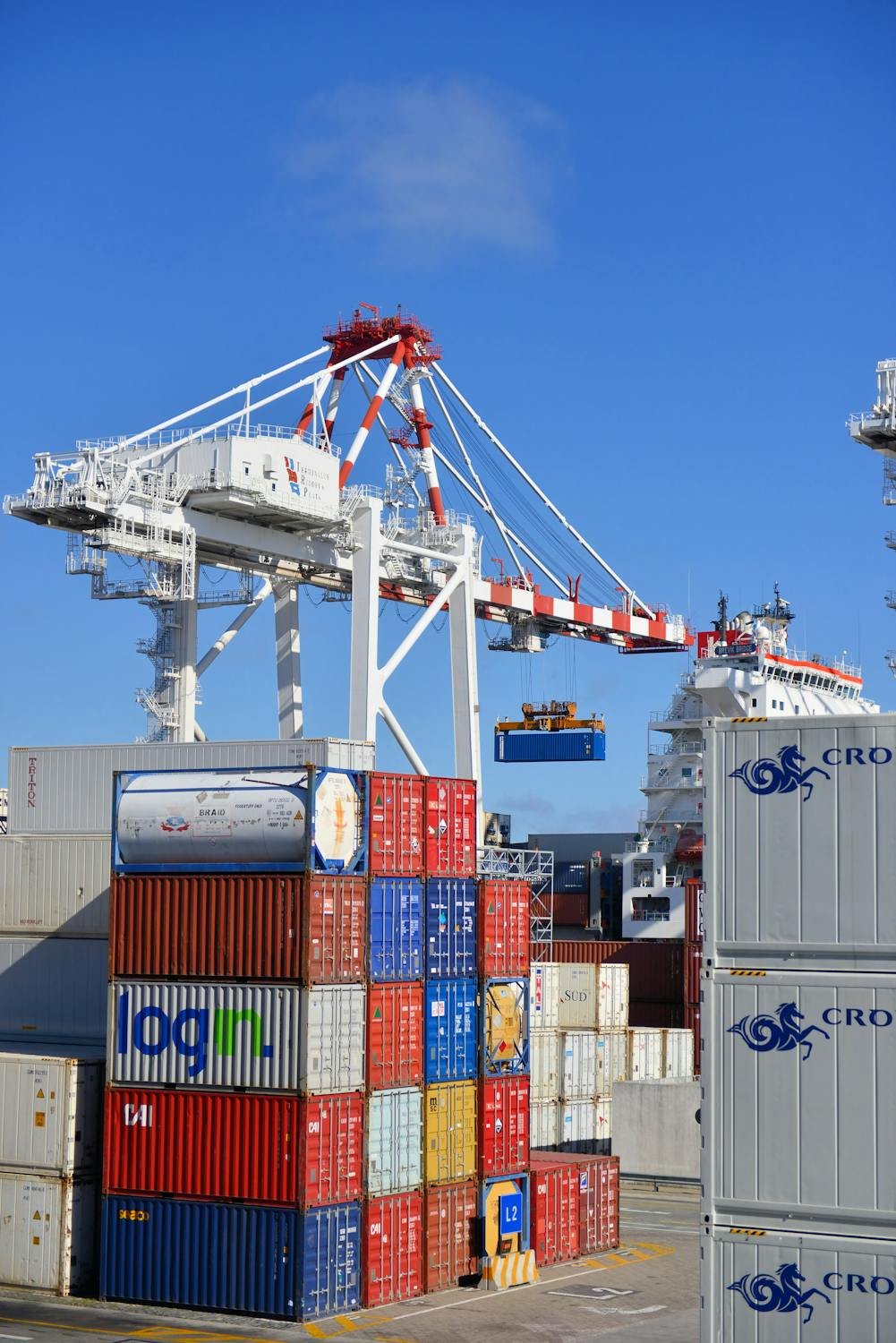If you’ve been following the news lately, you’ve probably heard about tariffs, especially as U.S. President Donald Trump has escalated threats to impose them on several American allies after returning to office.
A tariff is a tax on imported goods. When a country places a tariff on a product, it means businesses and consumers have to pay extra to bring that product into the country. For example, during Trump’s previous term, his administration placed tariffs on hundreds of billions of dollars’ worth of Chinese goods, from steel to electronics to everyday household items. While the goal was to punish China and encourage domestic manufacturing, studies showed that the vast majority of the cost was passed on to U.S. businesses and consumers.
Governments use tariffs for different reasons. Trump’s tariffs were framed as a way to protect American industries and respond to what his administration described as unfair trade practices. But tariffs also serve as a way for governments to raise revenue or pressure foreign nations in trade disputes. The problem is that tariffs don’t just hurt foreign producers—they also increase costs for American businesses and make everyday goods more expensive for consumers.
Research from groups like the National Bureau of Economic Research and the Federal Reserve found that over 90% of the cost of Trump’s tariffs was ultimately paid by American consumers and businesses. When tariffs raised the price of imported goods, companies had two choices: absorb the cost (hurting their profits) or pass it on to consumers in the form of higher prices. Most chose the second option. That’s why prices on things like washing machines and electronics jumped after the tariffs were introduced.

Tariffs can, however, serve as an effective tool for changing consumer behavior—when there are viable alternatives available. If tariffs target specific goods that have domestic substitutes or can be sourced from allied nations, they can steer consumers and businesses toward those alternatives. For example, if the U.S. imposes tariffs on Chinese-made solar panels but has strong domestic production or imports from countries like Canada or South Korea, consumers can still purchase panels at competitive prices without major disruptions.
But broad tariffs that affect all products from a country—without readily available substitutes—can be economically damaging. They can lead to supply chain disruptions, shortages, and inflationary pressures. A prime example of this was Trump’s 25% tariffs on imported steel and aluminum. Since American steel production couldn’t immediately ramp up to meet demand, businesses in industries like construction and manufacturing had no choice but to pay higher prices. This led to increased costs for everything from cars to canned goods, which were then passed on to consumers.
So who actually pays for tariffs? Despite claims that foreign countries “pay” them, the burden overwhelmingly falls on American consumers. While targeted tariffs can encourage consumers to shift their purchases toward domestic or allied-country alternatives, broad tariffs that apply to all goods from a country—especially when no viable substitutes exist—can set off a dangerous economic cycle.
When one country imposes tariffs, the affected country often retaliates with tariffs of its own. This leads to a trade war, where both sides raise costs on imports, hurting businesses and consumers in both nations. During Trump’s previous tariff war with China, Beijing responded by imposing tariffs on American agricultural products, reducing exports of U.S. soybeans, pork, and other goods. This forced the U.S. government to step in with billions of dollars in subsidies to struggling farmers—essentially using taxpayer money to offset the damage caused by its own policies.
Why higher tariffs won’t shrink the trade deficit

Retaliatory tariffs don’t just hurt specific industries; they can also contribute to overall economic slowdown. When businesses face higher costs, they may cut jobs or reduce investment. When consumers pay more for goods, they have less money to spend elsewhere in the economy. This combination of factors can lead to slower growth, increased inflation, and financial strain on middle-class and low-income households.
With Trump now back in office and openly discussing new tariffs—including a 10% tax on all imports—economists warn that another round of tariff wars could be on the horizon. If history is any guide, these tariffs won’t be paid by foreign nations, but by the American consumer and economy as a whole.

